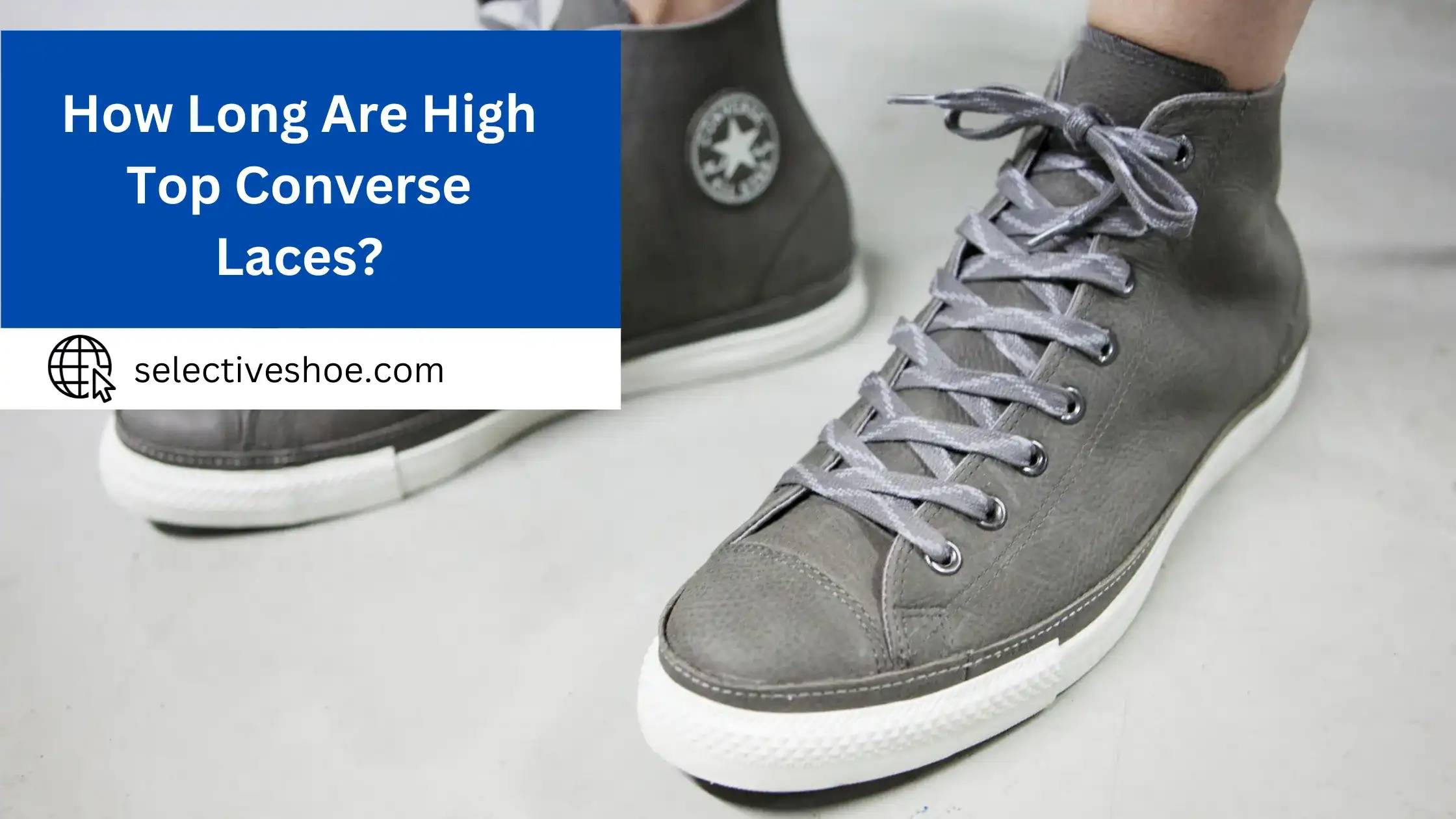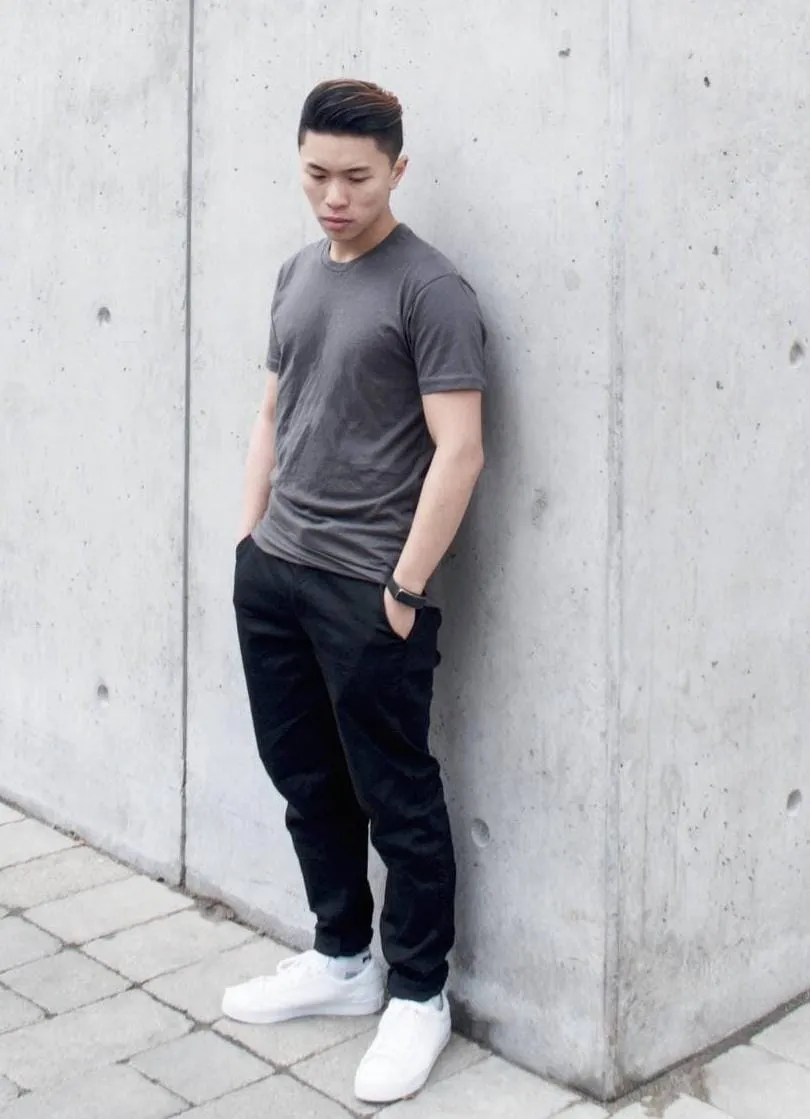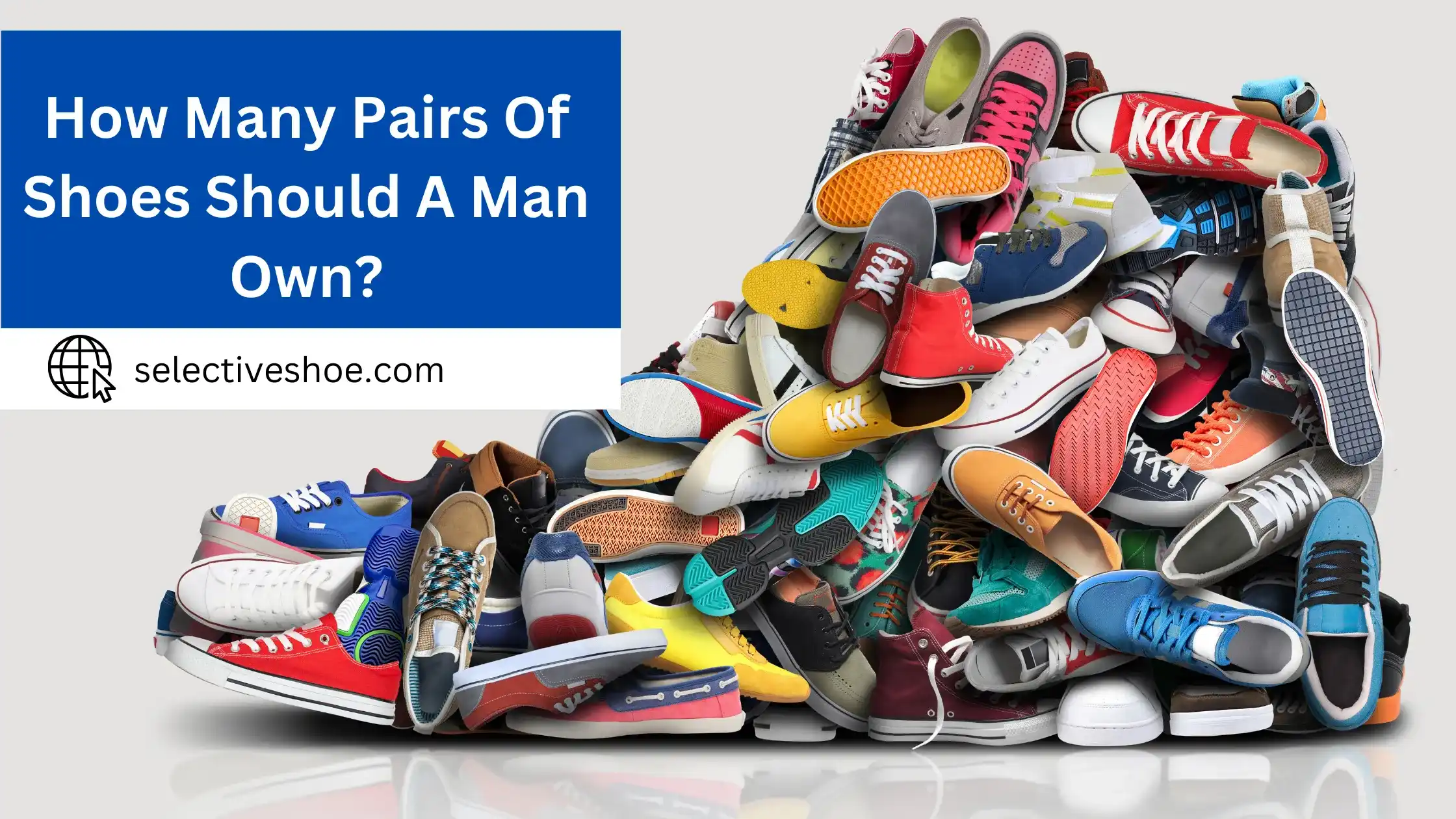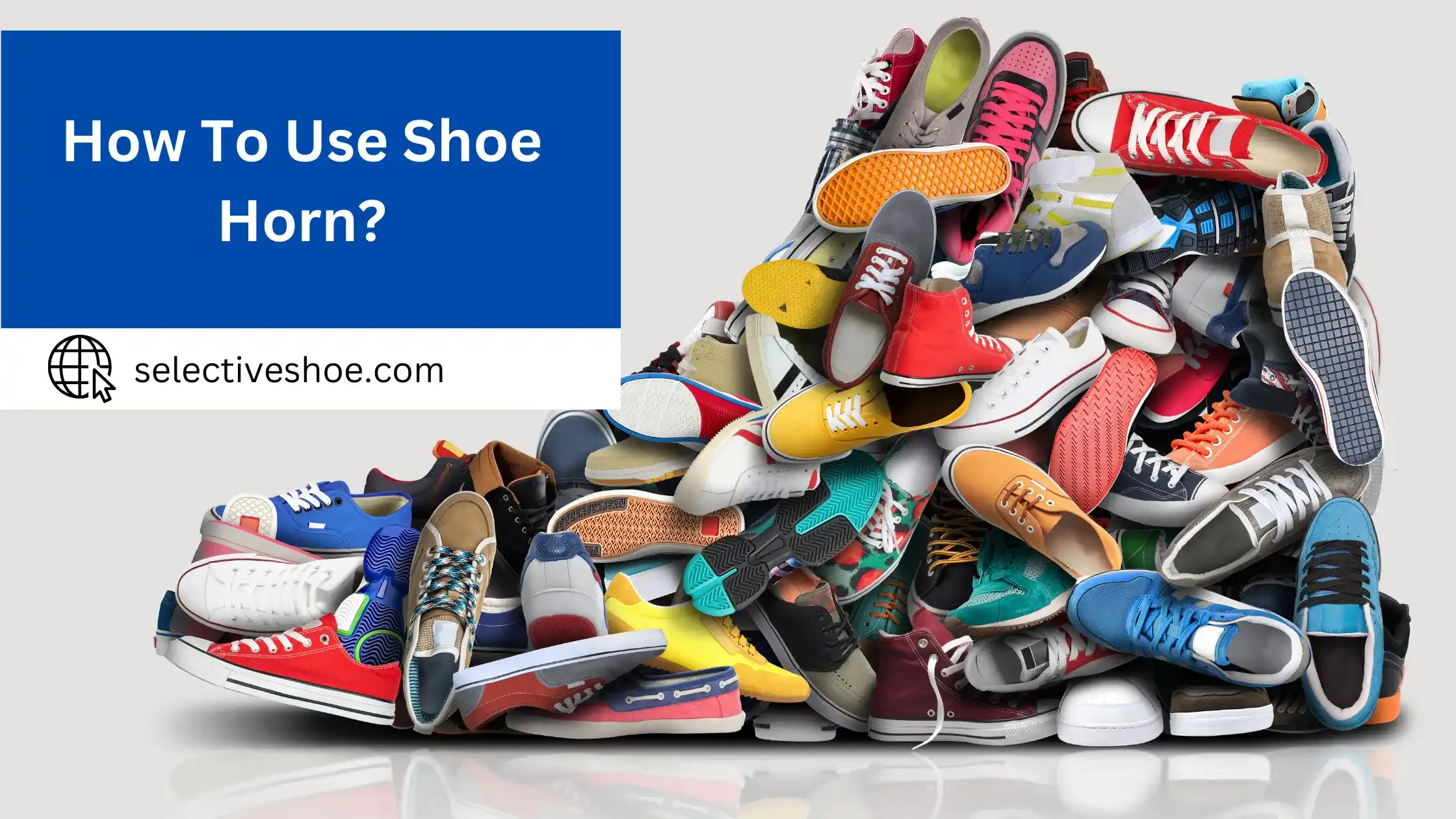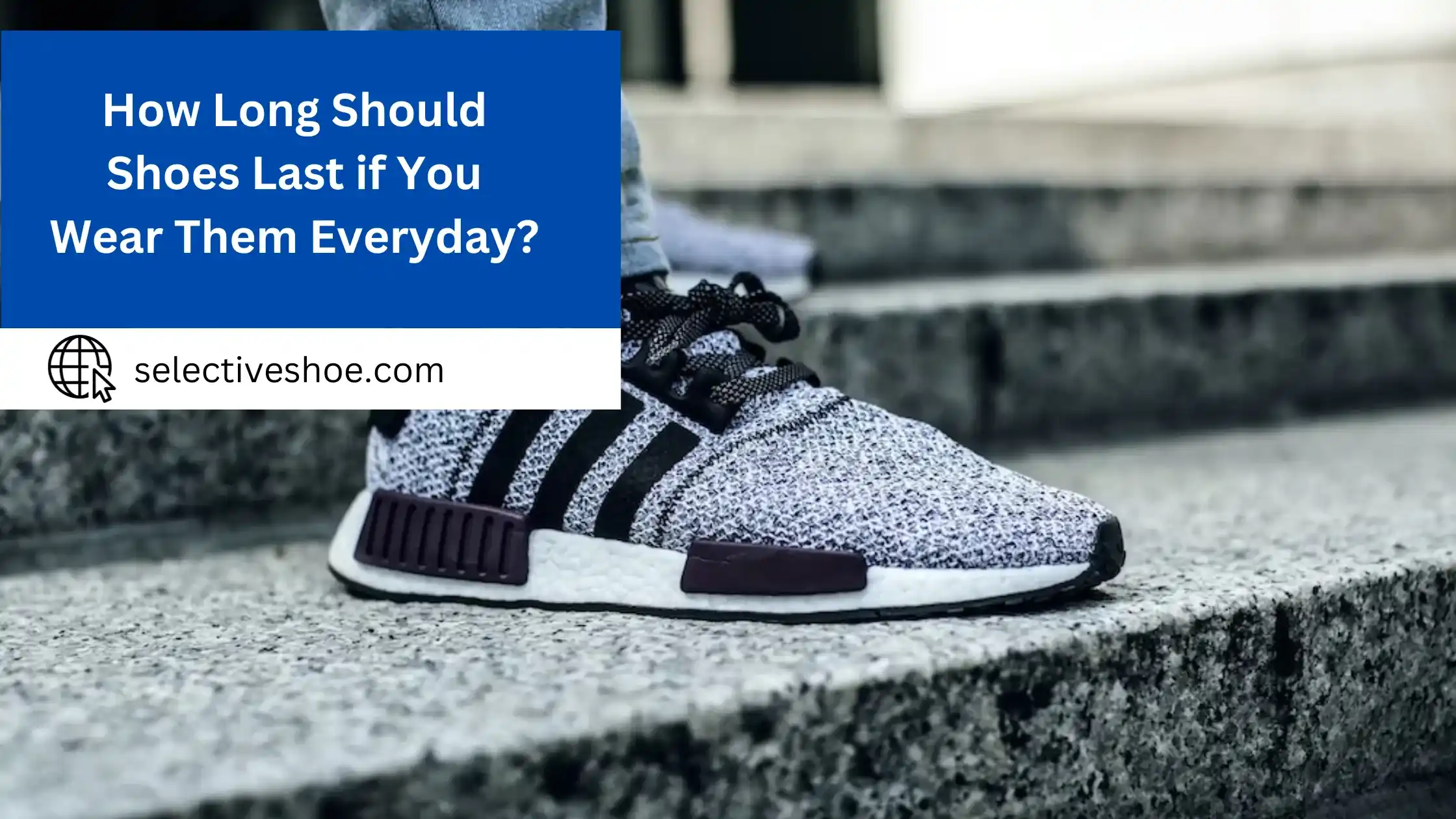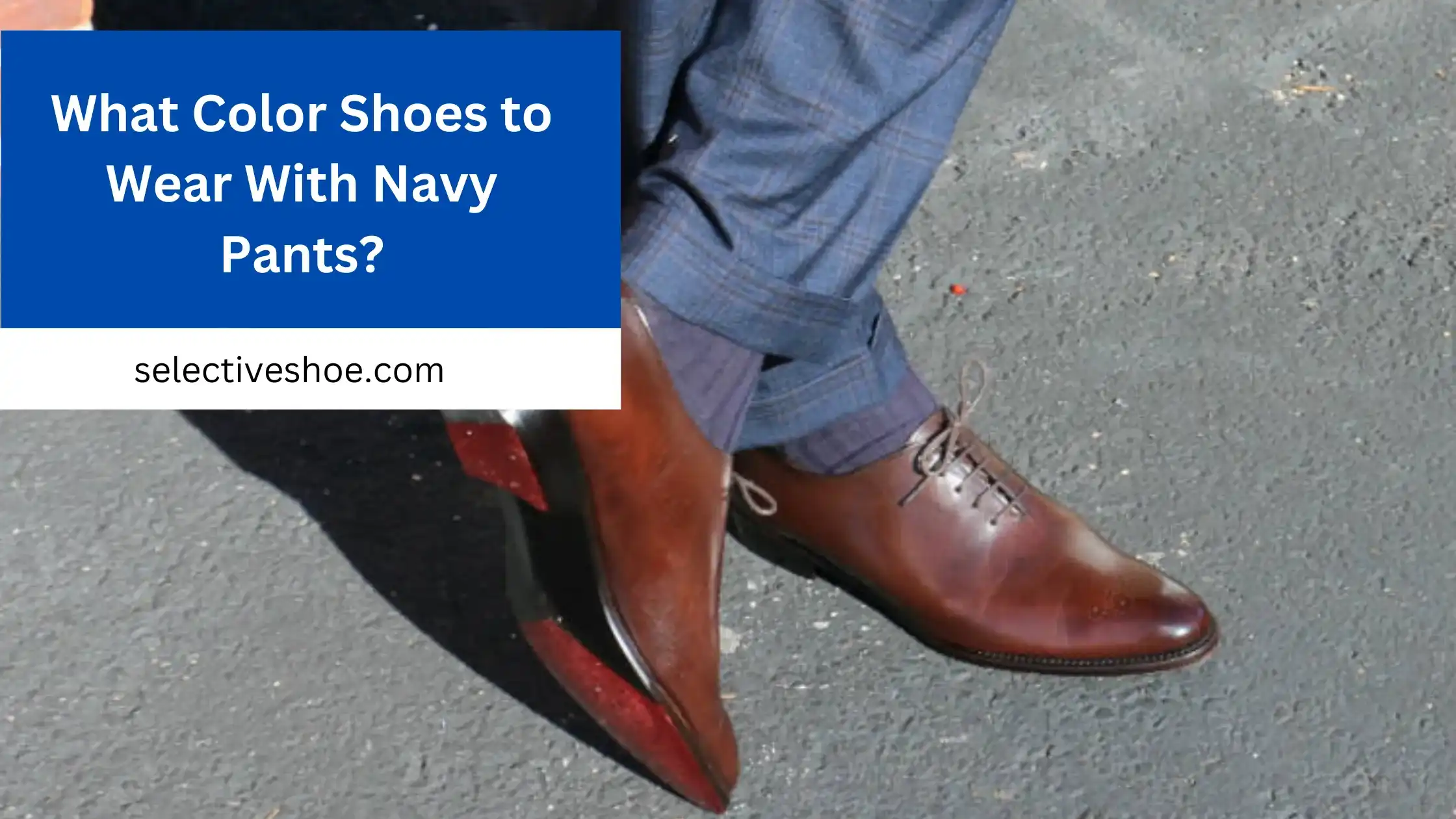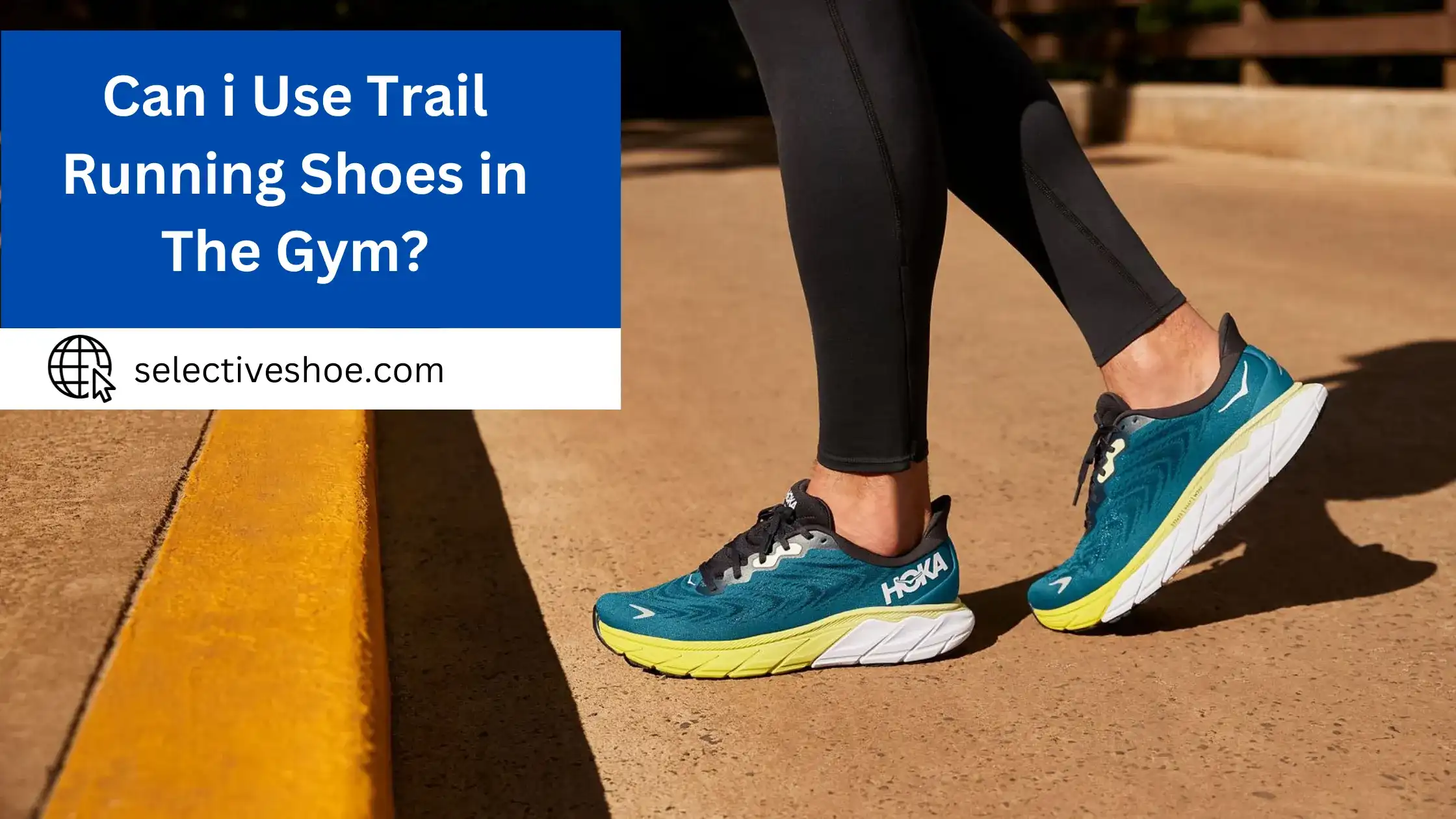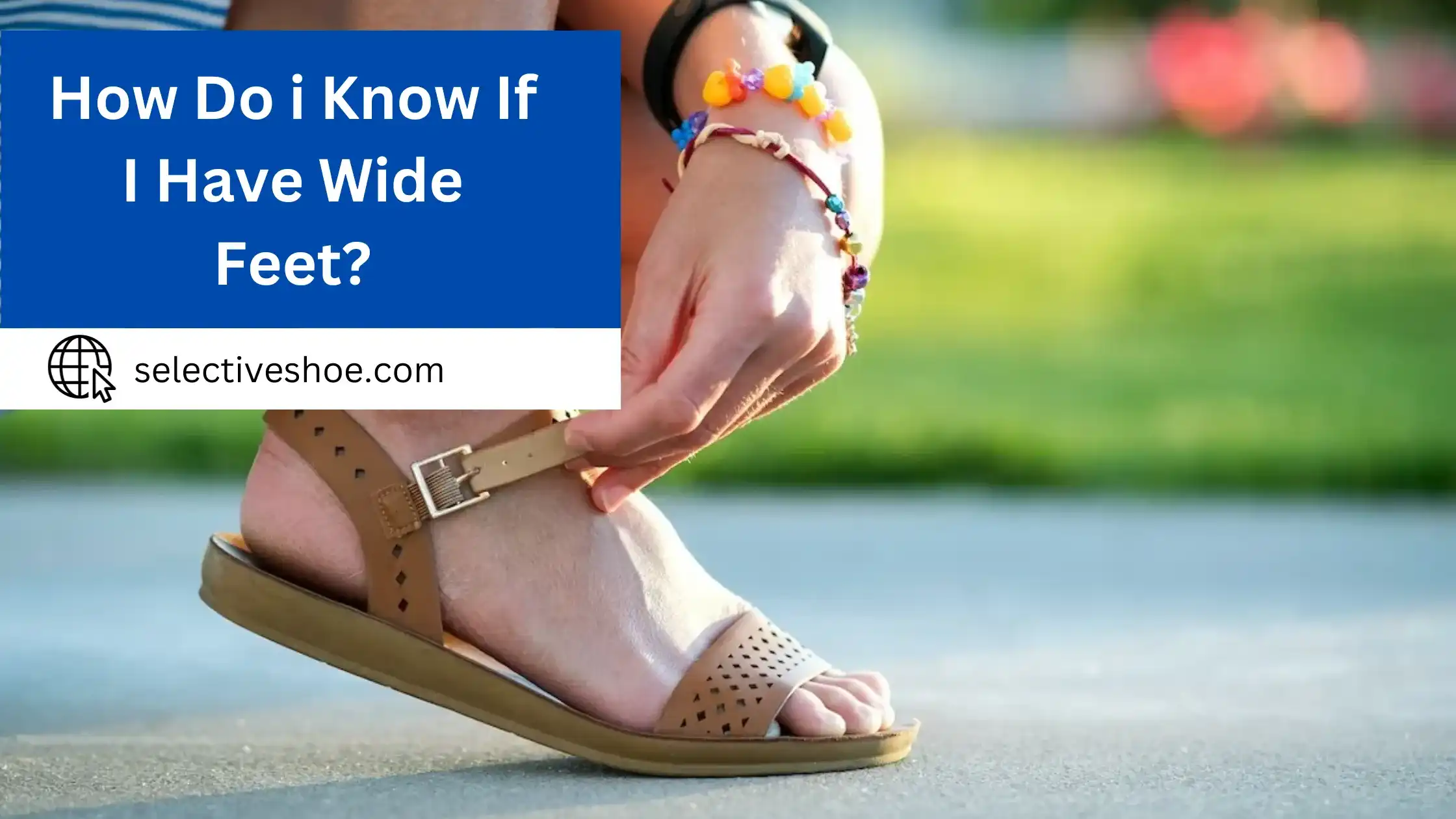Fitting a pair of high-top Converse can be exciting and challenging; I know this too well from my experience. You’d be surprised at how long the laces come with the shoes, as it’s easy to underestimate just how much you need to tie up those chunky rubber soles stained in color.
Recently, I had a frustrating experience trying to find the perfect lace length; I discovered a simple but effective tool designed precisely for this purpose! Now, with just a few measurements and calculations (no math degree required!), you can quickly determine what size your laces need to be to achieve optimal shoe style.
Determining the Ideal Lace Length for High Top Converse:
determining the ideal lace length has been a critical aspect of ensuring both comfort and style. My experiences have taught me that the right lace length can significantly affect how these iconic shoes fit and feel.
Understanding Converse Eyelets:
High-top Converse typically have eight pairs of eyelets. Initially, I paid little attention to the number of eyelets, but I soon realized it’s crucial in determining the lace length. More eyelets mean longer laces are needed.
Lace Length Trial and Error:
When I first bought my high-top Converse, they had standard laces that felt too long. I experimented with different lengths. Through trial and error, I found that laces around 54 inches were ideal for comfortably lacing up all eight pairs of eyelets without excess length.
Personal Lacing Style:
The way you lace your Converse also affects the ideal lace length. I prefer the criss-cross lacing method, which requires slightly longer laces. Those who opt for straight-bar lacing or other styles might need different lengths for the best fit.
Function vs. Fashion:
In my experience, shorter laces can work if you’re lacing up for fashion and not planning to tie them. However, adequate length for a comfortable bow is essential for active use where secure tying is necessary.
Width and Flexibility of Laces:
The width and flexibility of the laces also play a role. I experimented with different types of laces and noticed that thinner, more flexible ones can be a bit longer as they tie up compactly, unlike wider, stiffer ones.
How Long Are High Top Converse Laces? The Standard Measurements:
High-top Converse sneakers, a timeless fashion staple, are known for their iconic design and unique lacing style. Finding the right lace length can be a bit of a journey.
The standard lace length for high-top Converse is typically around 54 inches. This length accommodates the additional eyelets compared to low-top versions. High-top Converse usually has 8 to 10 eyelets, and the 54-inch laces allow for a comfortable fit without too much excess.
However, lace length can be a personal preference. After initially struggling with the standard laces, I experimented with different lengths. 45 inches worked best for me, offering enough length to lace up comfortably without the excess. It’s essential to consider the number of eyelets, your lacing style, and how tight or loose you prefer your shoes.
How to Replace Your High Top Converse Laces? A Step-by-Step Guide:
Let me share a step-by-step guide based on my own experiences.
Choosing the Right Laces:
The first step is choosing the suitable laces. I prefer round, thin laces as they’re durable and easy to thread. The standard length is usually 54 inches, which can vary depending on your lacing style and shoe size.
Removing Old Laces:
Start by carefully removing the old laces. I always do this gently to avoid damaging the eyelets. This is also an excellent time to clean your shoes if needed.
Threading the First Eyelets:
Begin at the toe end of the shoe. I usually thread the lace horizontally through the bottom eyelets, ensuring both ends are of equal length. This forms the starting base.
Criss-Cross Lacing:
The most common lacing method for Converse is the criss-cross pattern. I cross the laces over each other, threading them alternately through the eyelets from the bottom to the top. I pull the laces tight enough for a snug fit but not too close to restrict foot movement.
Straight-Bar Lacing (Alternative Method):
Once, when looking for a cleaner look, I tried the straight-bar lacing method. This involves running the laces horizontally from eyelet to eyelet without crossing over. It requires more patience and precision.
Finishing the Lacing:
Once I reach the top eyelets, I ensure the laces are comfortably tight and provide enough support. This is crucial for high tops, as they need to be secure around the ankles.
Tying the Laces:
Finally, I tie the laces. I prefer a standard bow tie, ensuring it’s neither tight nor loose. The length of the lace ends here is essential – too long, and they can drag; they are too short and hard to tie.
Adjustments for Comfort and Style:
After tying, I walk around a bit to check for comfort. Sometimes, I adjust the tightness or redo the lacing if it feels uneven or looks off.
Conclusion:
Overall, long laces on High Top Converse sneakers support those with larger ankles. When shopping for replacement laces, choosing the correct size and shape is essential to maintain the right level of strength. Now that I have shared my knowledge with you take what you’ve learned and apply it to your next sneaker lace shopping adventure. And remember, if you ever find yourself facing a similar issue, simply take a moment to measure and compare laces before making a purchase or replacement!
